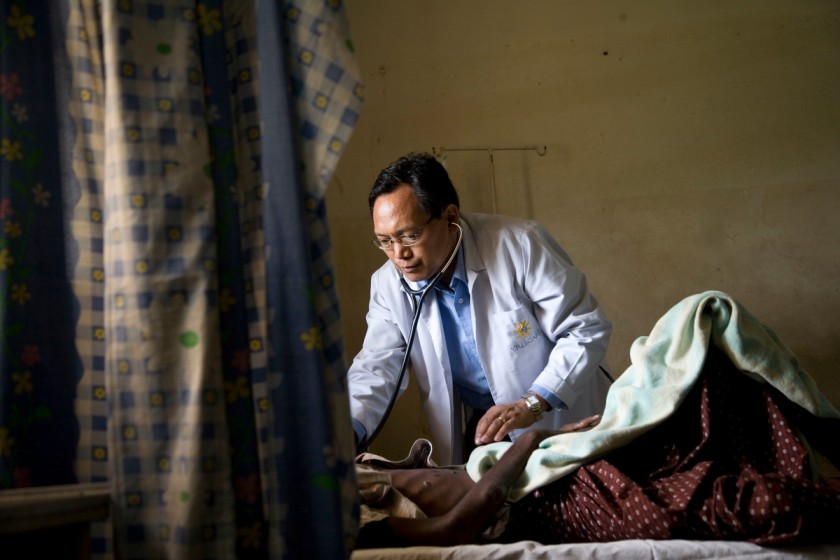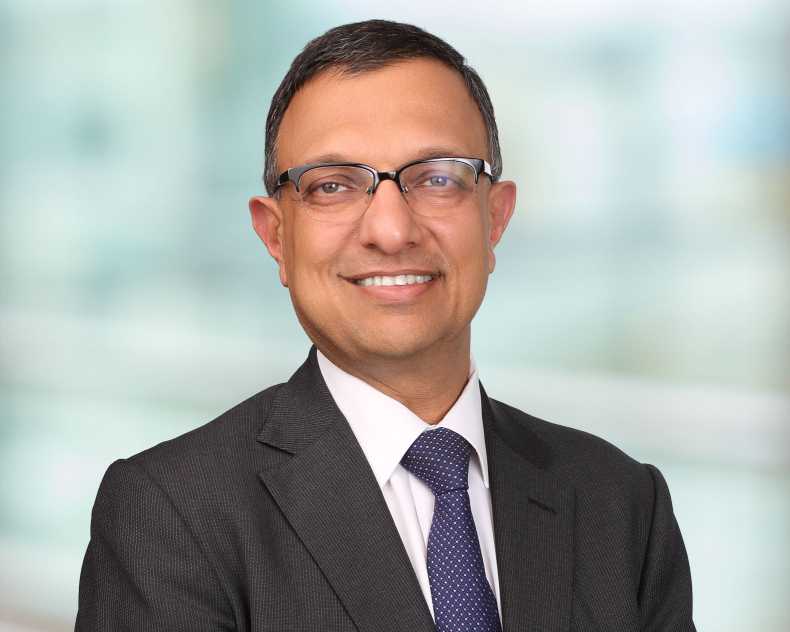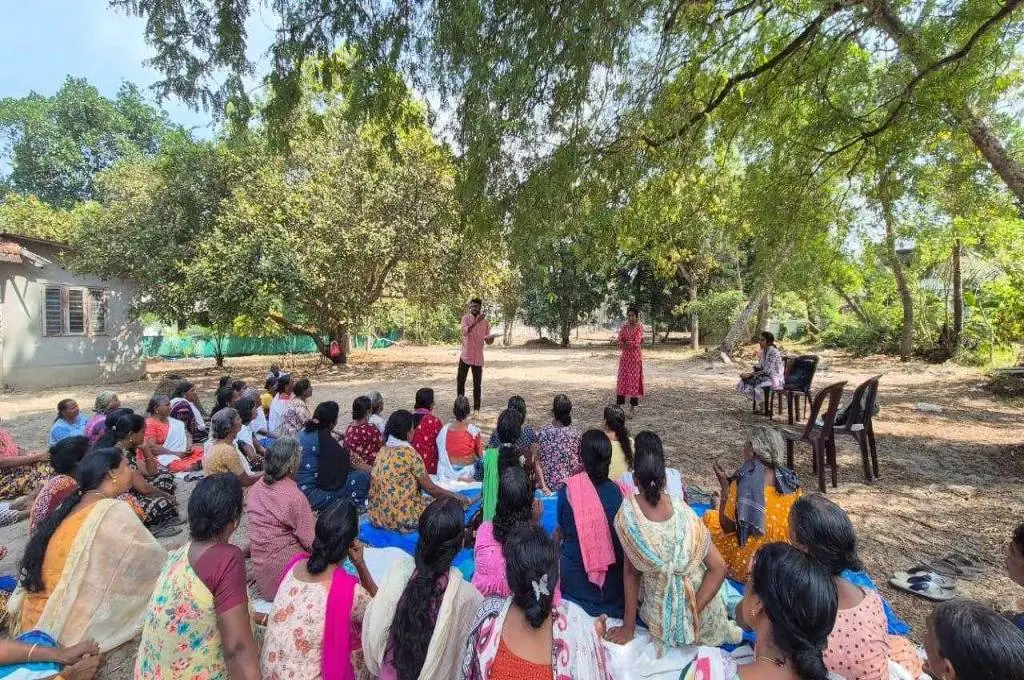Universal healthcare (UHC) is an important global goal because of its close links to poverty reduction and enhancement of the growth potential of countries. While several countries can now be said to be well on their way towards achieving this goal, several others, most notably large ones such as India and Nigeria, are decidedly not. Though there are a number of reasons for this, perhaps the most important one has been the position taken by the international development community that an essential prerequisite for beginning work on UHC is government financing of all health expenditures through taxes.
This position is untenable, because these governments (including Indian central and state governments), prefer to spend on other development priorities. They also have a low tax base, as a high proportion of the working-age population is employed in the informal sector. As a result, these governments have, for decades, either been unable or unwilling to provide the necessary financial resources for UHC. This has meant that not only has there been no progress on UHC, but there has perhaps even been a regression away from it.
Related article: COVID-19: A unique opportunity to reform our health systems

A direct consequence of this rigid global position is that scant attention has been paid to the actual expenditures on healthcare by the populations of these countries, and that despite the fact that residents of these countries spend large amounts on healthcare, they continue to experience very poor health outcomes. For instance, in India, seventy percent of healthcare expenses are met by out-of-pocket expenditure—an amount that could ensure high-quality care for everyone. Instead, one sees a proliferation of low-quality and informal primary care and several small- to medium-sized formal sector players, and the inability of most of the population to access high-end tertiary care even when needed.
Despite the fact that residents of these countries spend large amounts on healthcare, they continue to experience very poor health outcomes.
Given these realities, it becomes important—now more than ever—to find a way forward that is not only feasible, but also one that can benefit from increased government allocations to health whenever they become available, without being held hostage to it. There are many different pathways to achieving this, and this article proposes one that could have the potential to add value to citizens in the short-run, even if it does not immediately address all of the underlying issues, such as high out-of-pocket expenditures. In the longer-run, such an approach could gradually move the entire health system, in a dynamic way, closer towards the classical UHC end-state of 100 percent financial protection, 100 percent population coverage, for 100 percent of patient conditions. Some of the key stepping-stones comprising this pathway include:
This can be done by using a careful process of vetting and organically growing the current mass of thousands of independent primary care facilities into a high-quality primary health care network. While consumers will continue to pay for it on an out-of-pocket basis, it will deliver good value and strong health outcomes to them in exchange for these expenditures. At the end of this journey, these primary care providers would not offer only walk-in services. Instead, they would seek to enrol a defined set of individuals; offer every enrolled individual a comprehensive set of highly protocolised primary care services; identify at-risk individuals from amongst these and proactively seek to bring their risk levels down; coordinate higher levels of care should any member require more advanced care; and take responsibility for all the public health functions for their members.

In India, seventy percent of healthcare expenses are met by out-of-pocket expenditure—an amount that could ensure high quality care for everyone. | Picture courtesy: ©Bill & Melinda Gates Foundation/Prashant Panjiar
These secondary care providers would also be paid for on an out-of-pocket basis and would work closely with primary care networks to ensure good referral services. They would get deeply engaged with these networks in a symbiotic way to build the capacity and confidence of the primary care providers to provide comprehensive services. However, this fee-for-service approach has a number of problems which will need to be kept in mind. In primary care it could result in lowered demand for essential healthcare services and in secondary care it has the real risk of over-provision of services such as caesarean sections (C-Sections). These problems may not be able to be addressed in the near-term, but any dynamical approach would have to find a way to gradually eliminate them over time.
With the proliferation of microlending and small-finance banks, even low-income families are now able to pay for primary and secondary care using savings and loans. However, tertiary care is simply out-of-reach for most, even middle-income families. The only way to address this issue is to build out a very thin tertiary care insurance package which is not comprehensive (it will exclude for example, routine deliveries and C-Sections) but covers only very high-cost and very low-volume conditions, such as by-pass surgeries and advanced cancer treatments.

Such an insurance scheme is likely to cost very little and could be affordable to all but the lowest-income families.
As a result, such an insurance scheme is likely to cost very little and could be affordable to all but the lowest-income families, for whom, potentially, the government could pay the premium. Primary care providers could potentially offer such a package to their members. And, as mutual trust and confidence builds in their offering, they can gradually offer their members a more comprehensive coverage, building towards a comprehensive package covering all the three levels (primary, secondary, and tertiary) of healthcare. As the government decides to increase its allocation of funds towards healthcare, it could potentially choose to pay for this coverage, starting with the universal adoption of the thin tertiary care insurance package for all citizens.
This can be done by building out a strong technology backbone (a ‘Health Stack’ such as swasth.app) which allows all kinds of providers, pharmacies, and diagnostic chains, among others, to be connected to each other, and to have the ability to offer, among other things, automated e-prescribing, e-claims, and e-referral. Membership of the ‘Health Stack’ could become a prerequisite to becoming a part of the national primary network, and would give the member access to a number of shared services such as a free Electronic Health Records (EHR) system and a protocol engine comparable to Babylon.
Related article: A day in the life of: A community health worker
While each of these four steps are eminently feasible, there are several significant challenges that would need to be addressed in order to progress along this journey and to cross each step. Three are mentioned below:
While Indians spend an adequate amount on primary care and medicines, they engage in a very high degree of doctor-shopping, making it difficult for any single provider, particularly one interested in offering comprehensive primary care, to remain viable. This is perhaps the principal reason why, unlike in other product-markets, good primary care has not spontaneously evolved in many low-income countries, despite such high expenditures on it. Understanding what leads to this kind of ‘excessive switching’ behaviour and addressing it will need careful on-ground research. The problem could either be a behavioural one from the customer-end, or could be linked to the fact that the quality of the supply of primary care has proved to be inadequate, or could be a combination of the two.
Despite its importance, such a low-cost product has not yet been offered by insurers. For this product to work, it needs a very large number of diverse subscribers and very low distribution costs. Such a product needs to be designed by actuaries and distributed by insurers using very low-cost channels such as mobile phones and networks of healthcare providers themselves.
Despite the proliferation of devices and discrete technologies, there is a very low affinity among medical professionals in India towards the use of services such as electronic health records and automated decision tools. Additionally, the unique business model of most Indian hospitals, where they essentially provide appointment-booking and infrastructural support services to their ‘star’ doctors and surgeons, has meant that even hospitals have, for the most part, not bothered to invest in even rudimentary electronic health record technologies since the patient, for all intents and purposes, ‘belongs’ to the doctor and not to the hospital. Changing this attitude is likely to be a herculean task, but given its importance, every effort will need to be made to do it. Otherwise building sophisticated technology backbones will not be worthwhile.
It is extremely important for countries like India to finally start to move towards UHC.
It is extremely important for countries like India to finally start to move towards UHC. But a rigid insistence on full government financing of it as a prerequisite, in an environment where the government has, for decades, been unwilling or unable to provide it has proven to be highly counter-productive. Alternate and more feasible pathways, like the four-step approach outlined in this article—while not without their own share of difficulties—do exist and could potentially offer a viable way forward towards UHC for countries like India.
—
Know More
- Read this piece on Starbucks and these pieces from the Harvard Business Review for a better understanding of how large consumer-oriented businesses are built with a highly loyal customer base.
- Watch this short video to see how far technology has come in terms of helping doctors serve patients better, particularly in primary care settings.
- To learn more about the role preventive care can play in an insurance market, read about the experience of Iora.
Do more
- If you’re a PhD student or professor of marketing, you could delve into the question of consumer choice in health services marketing.
- If you work with hospital systems, it might be worth exploring the role of customer loyalty and patient well-being in growing the system.
- If you work in insurance, you could examine why a tertiary care product has not emerged from the private sector, and how the product and channel design challenges can be overcome.




